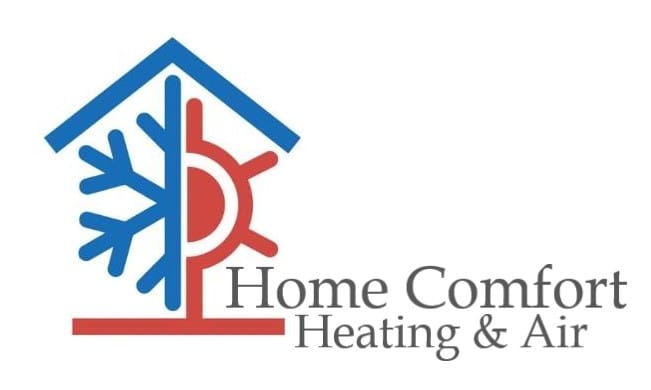A lot of homeowners only think they need air conditioning repair when their system breaks down. However, the reality is your air conditioner will often give warning signs before a complete breakdown that results in new AC installation. Understanding the warning signs and calling the experts at Home Comfort Heating & Air to fix issues early can spare you the hassle and expense of a full AC system breakdown. More importantly, it can prevent the discomfort of having your AC stop working on a really hot day.
When you call us, our team of certified HVAC technicians will diagnose the issue, make the necessary repairs and get your system running again. We have a proven track record in the community and provide top-tier, affordable AC service for local homeowners.
Why hold off until your cooling system stops working? Skip all that hassle by calling today to schedule AC repair in Elk River, MN, from Home Comfort Heating & Air.
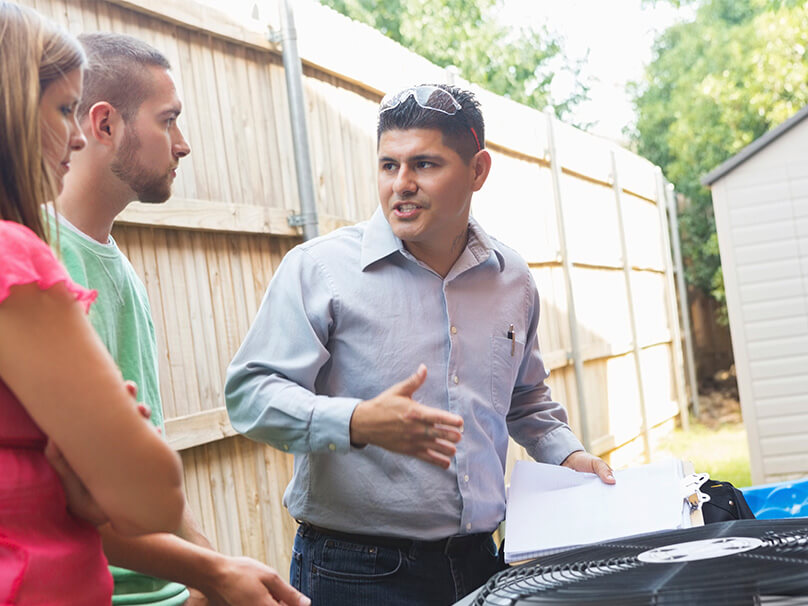
Warnings Signs You Need AC Repair
What are the signs your air conditioner is having issues? From a stinky smell to a lack of cool air coming from the vents, there are many clues that your cooling system has an issue and needs attention or service.
Here are some red flags that trouble may be developing and it’s time to call an HVAC technician from Home Comfort Heating & Air:
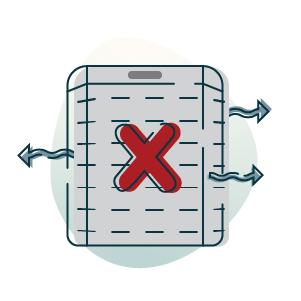
AC won’t blow cold air
If hot air is blowing out of your AC unit instead of cool air, or if the air isn’t as cool as it should be, it’s a smart move to call us for professional cooling service.
AC frequently turns on and off
If your AC system starts and stops instead of completing its normal cycle, it could be a symptom of underlying trouble and should be looked at by one of our certified HVAC technicians.
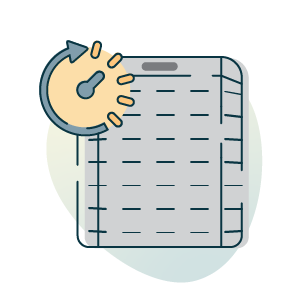
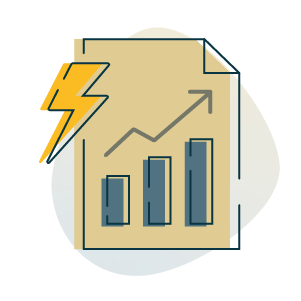
Cooling bills increase for what seems like no reason
A sharp increase in your energy expenses can be a sign your AC unit is becoming less efficient, which means it uses more energy to keep your space comfortable and needs AC maintenance or repair.
Unusual smells are coming from your air conditioning
Air conditioners shouldn’t produce odors. Weird smells coming from your AC unit should be checked by an expert, as they can be a sign of problems like mold, mildew or even electrical issues.
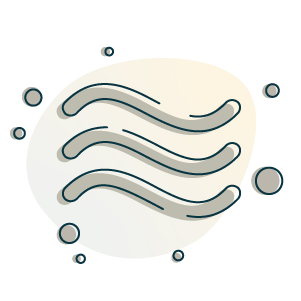
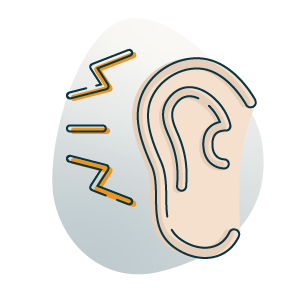
AC starts making noises
If you hear unusual noises when your AC system is running — thumping, rattling or screeching, to name just a few — it’s important to call for professional HVAC service to evaluate your system.
Request Professional Air Conditioner Repair Right Away
When you require air conditioning service without delay, get in touch with the HVAC repair professionals at Home Comfort Heating & Air. We’ll speedily determine the problem when your equipment won’t work or give adequate chilled air.
